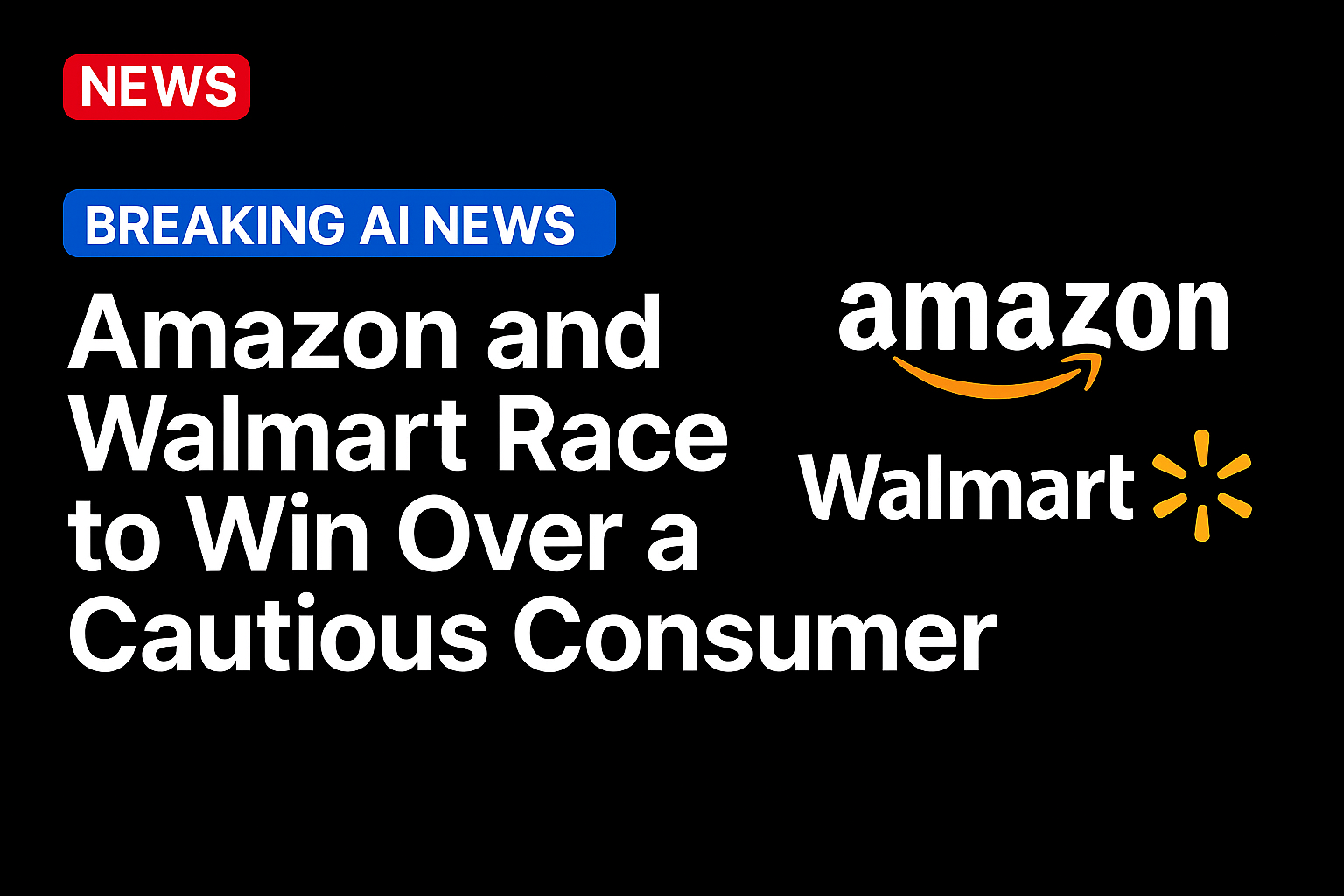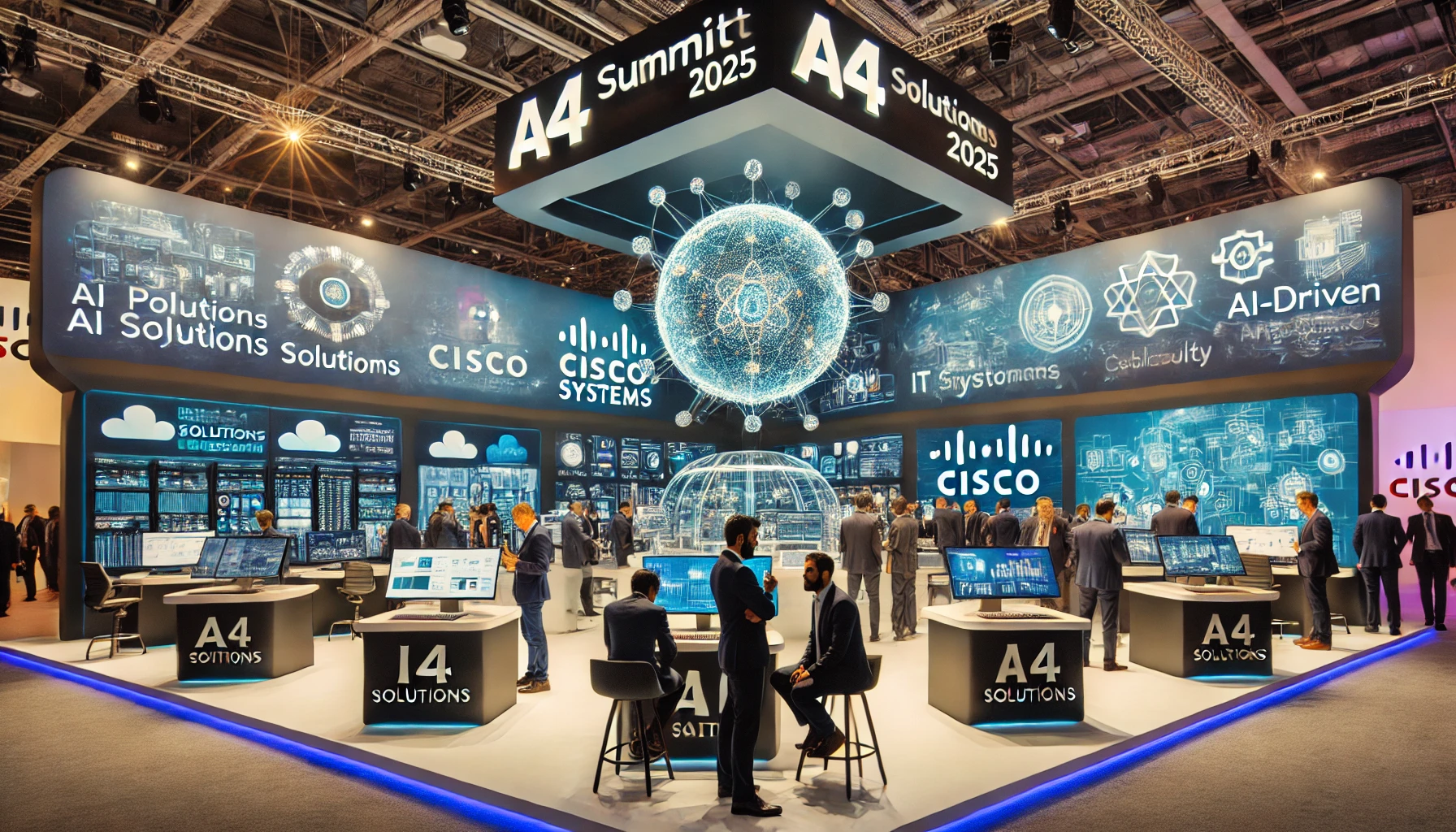Amazon and Walmart have spent decades defining the competitive perimeter of American retail, each shaping consumer behavior at enormous scale.
But no matter the innovations around convenience and the ongoing race to turn commerce invisible and frictionless, there’s always been a bigger factor at play when it comes to consumer behavior. A factor so huge it also shapes the operational realities of both Walmart, Amazon, as well as the rest of the retail landscape.
This factor is, of course, the macro environment. And today, as 2025 turns to 2026, that macro environment is being increasingly revealed as a challenging one that has thrown consumer confidence into a tailspin. Households remain more selective, trading down on discretionary items while continuing to prioritize essentials.
Today’s softening economy is forcing a reimagining of what value really means in a cautious consumer economy. Walmart and Amazon’s week-to-week moves illuminate a rivalry no longer just about who sells more stuff and at what cost, but about who has the best pulse on the direction for the entire consumer economy.
Inside the Weekly Grind of a Relentless Retail Rivalry
Both Amazon and Walmart are rolling out new forms of innovation, from AI-assisted purchasing and revamped advertising engines to sustainability-driven manufacturing and structural workforce realignments. The result is a sweeping recalibration of the retail landscape that signals not only where the market is headed but how the average American will shop, work, and spend in the coming years.
This evolution is unfolding against a backdrop of spending restraint. Consumer confidence is uneven, neither deeply pessimistic nor reassuringly strong, creating a marketplace where loyalty can be won or lost in an instant.
Data from the October “New Reality Check: The Paycheck-to-Paycheck Report” by PYMNTS Intelligence finds that today, more consumers are struggling to get by. More than 1 in 4, or 26%, had difficulties paying their bills last month, the highest share in at least two years.
In this environment, innovation is less about spectacle than about utility: tools that reduce friction, platforms that speak more fluently to business and advertising customers, and supply chains that absorb economic shocks before they reach the checkout page.
Amazon, long the industry’s technological bellwether, is leaning heavily into this moment with the introduction of new AI-powered capabilities geared toward business procurement.
Amazon Business has quietly grown into a multi-billion-dollar segment serving companies that increasingly mirror consumer behavior in their purchasing patterns: high-frequency orders, rapid replenishment cycles, and an expectation of seamless digital experiences. A new suite of AI solutions launched Wednesday (Nov. 12) is designed to help those buyers navigate complex approval flows, compare products, and ensure compliance with corporate purchasing policies.
At the same time, about a year after launching Amazon Haul and Amazon Bazaar, Amazon is expanding that shopping experience to another 14 markets.
Parallel to these efforts, Amazon is rebuilding its advertising machinery to appeal to a much broader segment of the market. The new structure consolidates disparate ad-buying paths into a single, unified system, making it significantly easier for mid-market brands to participate.
Elsewhere across the ecommerce giant’s ecosystem, Whole Foods, which once operated with semi-independent governance, is increasingly being absorbed into Amazon’s broader operations under a project known internally as Cremini. The shift reduces duplicative functions and brings food retail closer to Amazon’s unified logistics and technology systems.
Walmart’s Countermove: Value, Velocity, and U.S.-Led Innovation
Meanwhile, Walmart is rewriting a different version of the innovation story. The company’s recent emphasis on “American innovation” is more than patriotic branding; it represents a significant shift in how Walmart thinks about its role in the supply chain.
Walmart’s partnerships with U.S.-based materials companies and agricultural innovators illustrate a desire not only to reduce reliance on vulnerable supply routes but also to position the company as an engine of economic renewal.
These efforts coincide with an aggressive holiday strategy, including early access Black Friday events and deeper-than-usual promotional cycles. The timing and structure of these events signal an understanding of the modern consumer’s psychology: shoppers are deal-sensitive but fatigue quickly; they want value but not at the cost of convenience.
Consumers may not see the machinations of Amazon and Walmart directly, but they will feel the effects. More intuitive purchasing experiences. Faster and more reliable deliveries. Deals that appear earlier, run longer, and respond more dynamically to demand patterns.
The choices big retailers are making this season are not merely responses to cautious spending, but the early lines of a blueprint for retail’s next decade.
Source: https://www.pymnts.com/




